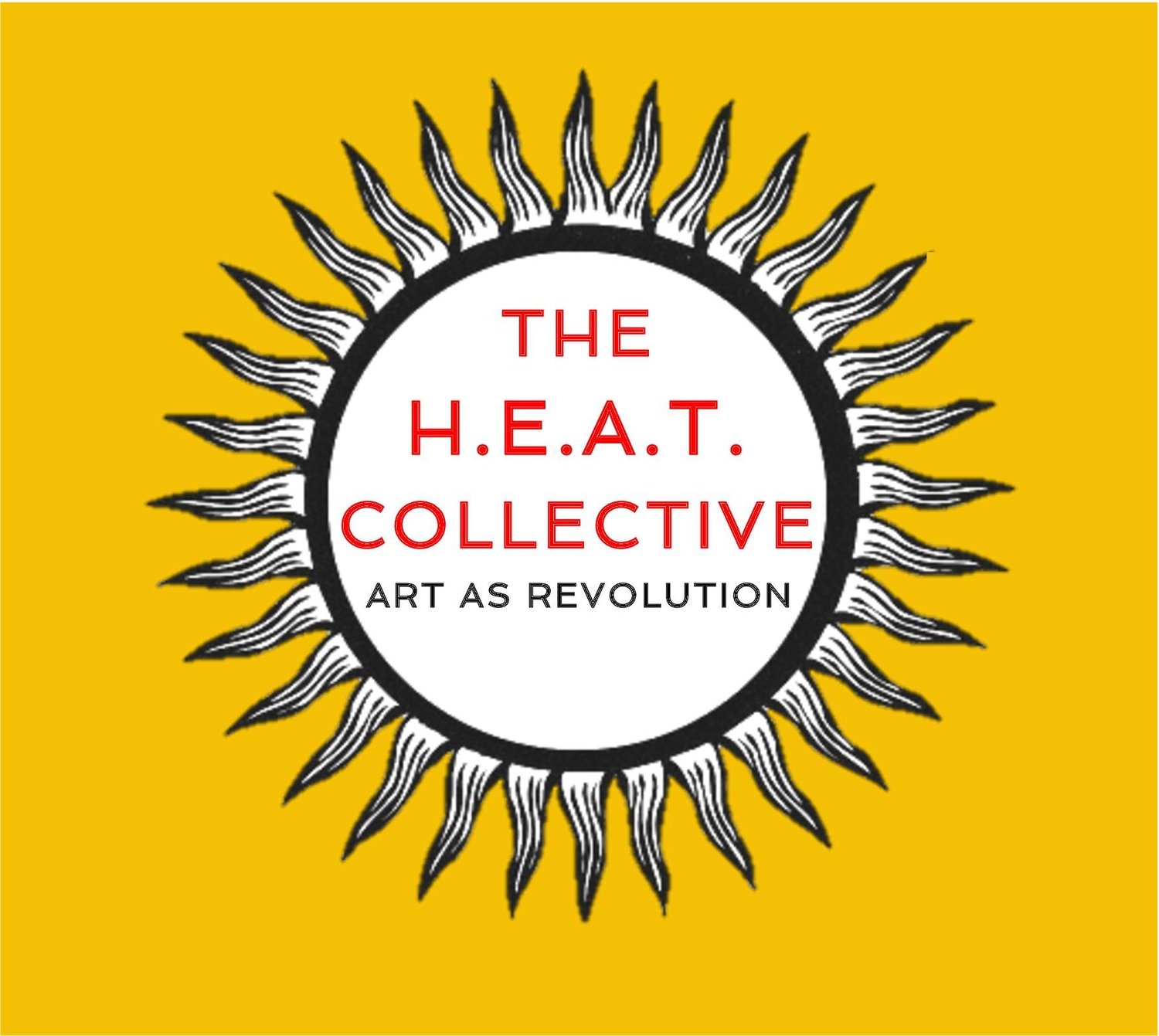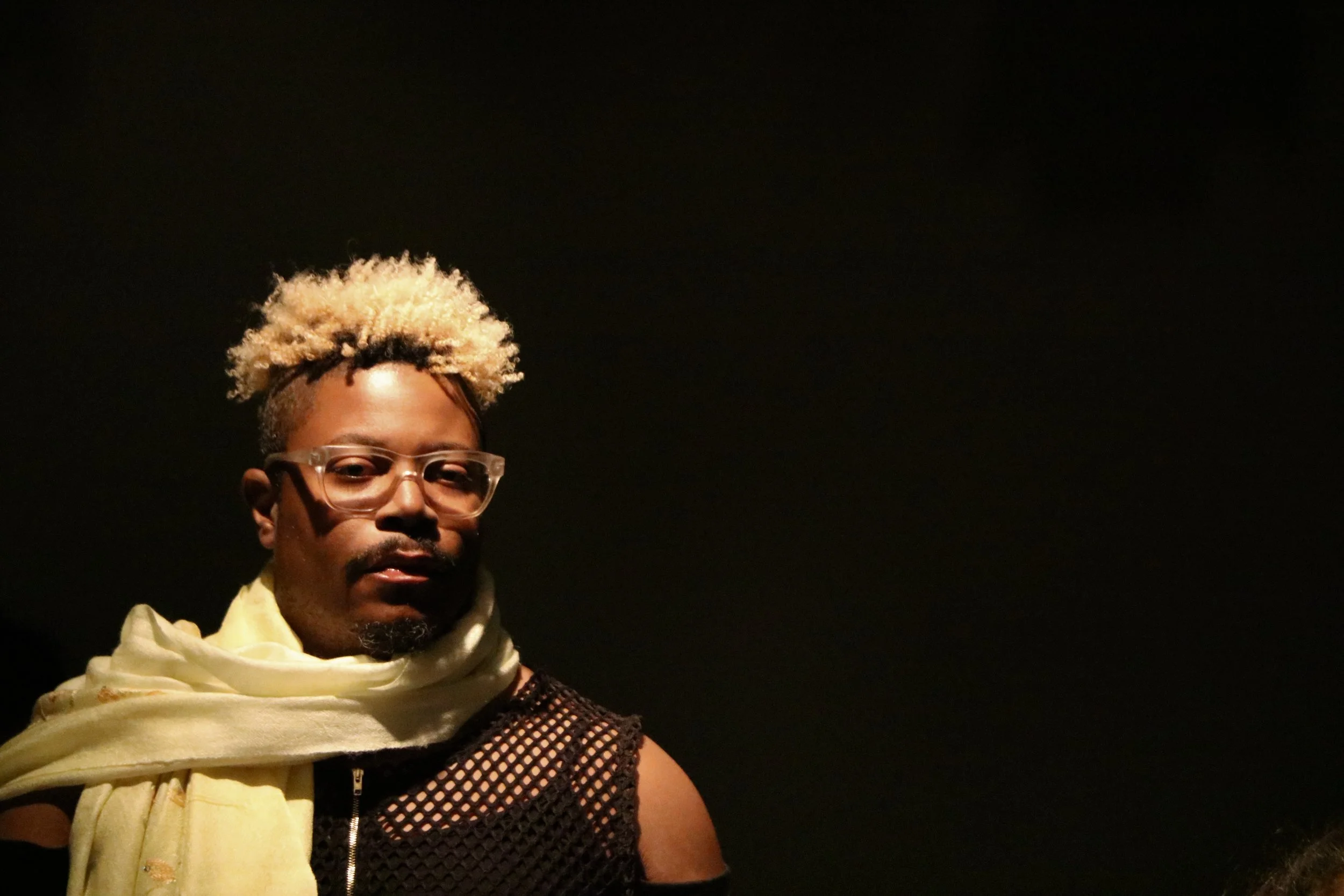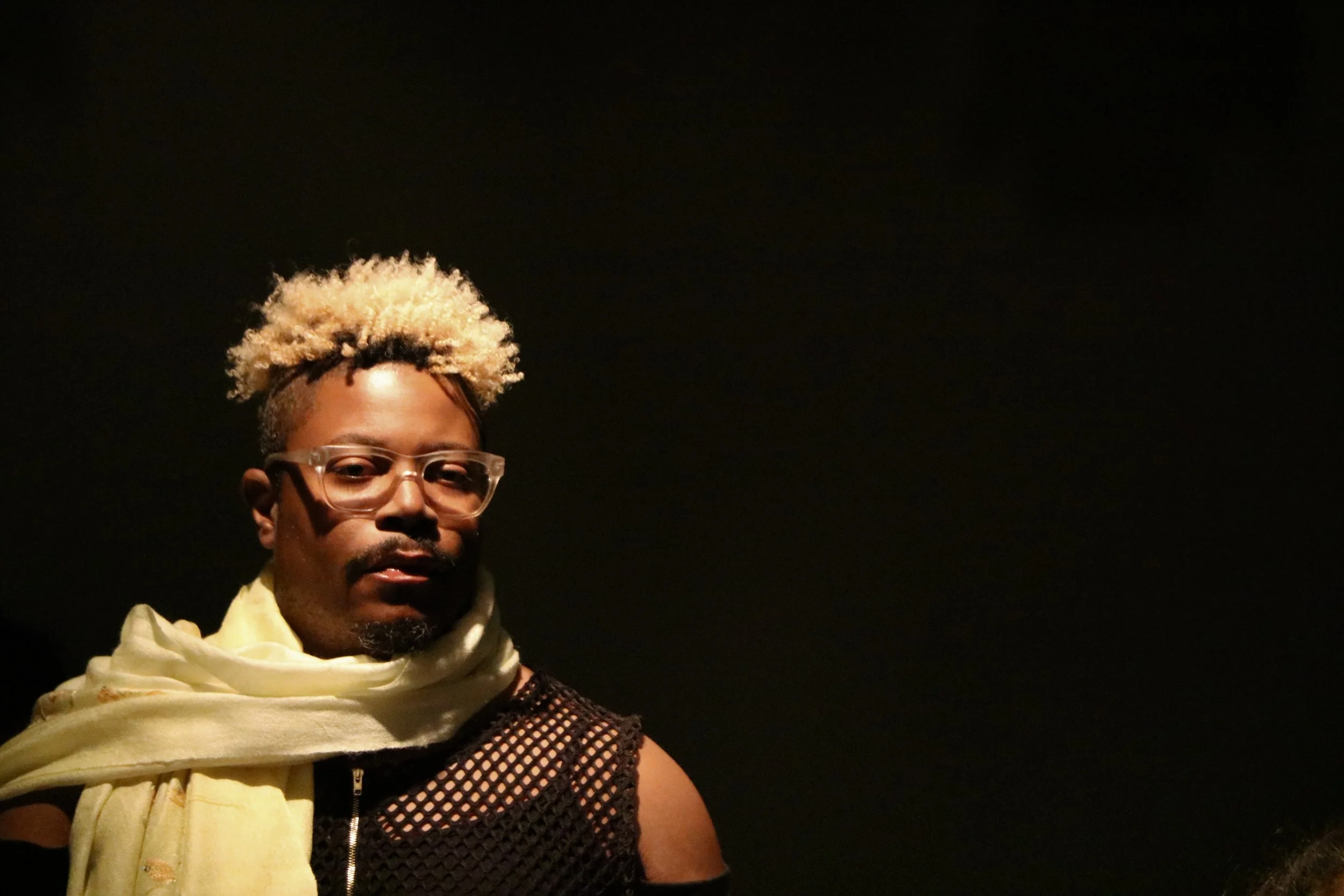The song Over The Rainbow written by Yip Harburg (lyrics) and Harold Arlen (Music) for the 1939 film The Wizard of Oz has had wide-reaching effects. I have recently been trotting down the Yellow Brick Road of research and the history of the song is fascinating. I also found potential for future inspiration for social change through the message of the lyrics. The song has been woven into American culture and International awareness for the last 80 years. The song has been the anthem for refugees historically and contemporarily as a symbol of hope.
It’s hard to imagine that Over The Rainbow, an iconic ballad that has affected many for the last eighty years, was almost removed from the film The Wizard of Oz by producers Louis B. Mayer and Mervyn LeRoy, because it “slows down the picture”. In Western culture we are often too concerned about keeping up the pace and tempo of our lives, and thus risk losing genuine unhurried moments of yearning and reflection. When Dorothy sings the song five minutes into the movie we are witness to the paradox of her desperate need and her courageous optimism that cause her to call for a miracle. Judy Garland’s performance of the song is both gorgeous and painful. Her heart seems to be reaching out of her chest as the lyrics beg the universe for a new geography somewhere far above the troubled reality of life on earth.
This is a song which my grandmother sang to my mother, my mother sang to me, I sang to my daughters, and I can almost guarantee that they will sing to their children. This song is one of the most crucial landmarks of my childhood: the good and the bad of it, the frightening, the joyful, the lonely, and the hopeful. I grew up in a time and place when and where the world was bleeding out its ears. I was just a few years too young to eat the magic mushrooms or throw the homemade bomb over the corporate fence or join the revolution. But I sure went to a lot of protest marches. And parties. I grew up in San Francisco. My neighborhood was the Haight Ashbury of the late 1960s. The apartment where I lived was across the street from Janis Joplin’s place. The Grateful Dead’s house was a few blocks away. Daily life included free concerts in the park, peace marches, rallies for justice, picket lines adults who were too stoned to make dinner and a hippy school where we celebrated free will with very little guidance. There were bright colors and loud music. There was also violence and fury. It was a strange time to be a kid. In this turbulent world, Over The Rainbow was an attachment object for me, a private lullaby and a personal prayer. It was a promise of imminent rescue from above (where happy little bluebirds fly).
I don’t know what kid doesn’t want to go someplace where “there isn’t any trouble” (Aunty Em’s directive to Dorothy just before she sings the song), but I certainly remember wanting to get away from the tumult and find peace. So, like Dorothy I sang to my dog in hopes that the song would induce a tornado to whisk me away to Oz. I lived in earthquake country, not tornado land, so that from of escape wasn’t very likely. Still, I told my dog that where we needed to go was “not a place you can get to by a boat or a train”, it was somewhere we could be invisible to the grown-ups, somewhere over the noise, over the smoke, over the rainbow.
I imagine that for so many children this is a song of magic and flight. For adults it is memory and therefore a kind of homing message. However, for many of us who have lived with the song through the generations, it is also a reminder to keep singing out so that dreams really do come true.
The lyrics of the song tell us that somewhere way up high there is a natural order to things and anyone courageous enough to wish for aspirations to be realized can see her/his wishes come true. Up there in the land over the rainbow troubles melt and bluebirds fly. All she/he has to do is open her/his heart and dare to dream. The song gives all of us earthbound dreamers something to reach for.
Dreamers are essential and our so deeply entwined in the fabric of America from the dreams of the early settlers to the dreams of today’s undocumented youth, the ability to live the American Dream has been an essential component of our national identity.
Our current Dreamers now unprotected by DACA (Deferred Action For Childhood Arrivals) arrived in the US before turning 16 and lived here continuously since. DACA was a compromise devised by the Obama administration after Congress failed to pass the Development, Relief and Education for Alien Minors (Dream) Act, which would have offered those who had arrived illegally as children the chance of permanent legal residency. The Dream Act and has repeatedly failed to pass a vote in congress. But over the rainbow dreams really do come true. Over the rainbow dreams surpass congress, surpass fear and hate, and by singing this song perhaps we can somehow keep daring to dream for ourselves and for others.
Although as a child I believed the song to be mine, a subjective hymn to my own secret and personal rainbow, I learned later that the song was just as important to millions of children and adults worldwide. In the United States it was particularly vital. It was the audio wake up for a space shuttle mission, adopted by American troops during World War II as a symbol of home. In 2005 Yip Harburg the lyricist was commemorated on a postage stamp with the first line of the song. The song has sometimes been written off by the intelligentsia, and by radical listeners desiring a more obvious protest tune. But much more than a sentimental ballad from a children’s movie this song is a vibrant and long lasting piece of near perfect musical poetry that has attracted some of the best musicians in the world.
It has been sung by many great artists aside from Judy, including Ella Fitzgerald, Frank Sinatra, Doris Day, Tony Bennet, Sarah Vaughn and IZ, just to name a few. Each version of the song has spoken different generations from different eras. And there is no doubt the song will continue to be sung by musical stars in times to come.
Over The Rainbow has become the second national anthem for many of us. A song ALL of us regardless of race, class, or creed we can stand up proudly to sing.
The anthem sung at the Super Bowl is our official theme song– it too has been sung by great artists and speaks to a foundational human desire: freedom.
However, these two songs have a different methodology for getting to that dream of liberty, one uses a country’s flag the other nature’s rainbow. In one song bombs are bursting in air above our heads, in the other song blue birds are flying. Both celebrate American values in very different ways. Let’s look at the opening lyrics of both songs.
Somewhere over the rainbow, way up high
There’s a land that I’ve heard of once in a lullaby.
Somewhere over the rainbow skies are blue and the dreams that you dare to dream really do come true.
Someday I’ll wish upon a star
And wake up where the clouds are far behind me
Where troubles melt like lemon drops
Away above the chimney tops, that’s where you’ll find me
Somewhere over the rainbow blue birds fly, birds fly over the rainbow
Why then, oh why can’t I?
Say can you see by the dawn’s early light what so proudly we hailed at the twilight’s last gleaming?
Whose broad strips and bright stars through
the perilous fight, o’er the ramparts we watched, were so gallantly streaming.
And the rocket’s red glare
The bombs bursting in air
Gave proof through the night
That our flag was still there
Oh, say does that star-spangled banner still wave
O’er the land of the free and the home of the brave?
“The Star-Spangled Banner” can be a source of conflict across politics and party lines. But “Over the Rainbow” is a force of unity, an example of music without borders. Little children in Red States sang it with their conservative parents as enthusiastically as little children and their liberal parents singing it in Blue States.
Here we go further into what an anthem is, and how this song serves as one – including examples and interviews from kids and grown-ups around the country…
Somewhere
Most humans in crisis long for somewhere safe. Somewhere to be who we are, love who we love, pray how we pray and look how we look. Somewhere all of our races, religions, genders, sexual identities, sizes, and ages are accepted. Somewhere we are not only tolerated but celebrated. Somewhere we can be free, be secure, and be proud.
The first word of the song Over the Rainbow is “somewhere”. That word has had meaning to human beings throughout history. Especially to those who do not have a safe somewhere to be. We will dive into several examples:
The Holocaust: We will look in depth at the effect the song had on people in concentration camps. Released just as the war was breaking out in Europe, the song became a secular prayer for those suffering through torture, incarceration and death. The somewhere in the song became a small shining light of distant hope. We will use interviews will survivors to hear the story of the song’s effects during WWII.
The reprise of the song cut out of the film sung by a frightened and weeping Dorothy in the Witch’s castle as she waits for her sand of her life to run out. This version of the song is filled with the anguish and fear we know that refugee children experience when they are homeless, hopeless and there is not a rainbow to be seen. When Judy Garland sings in a shaky tear stained voice: “Someday I’ll I wake up and rub my eyes and in that land behind the skies you’ll find me...” we don’t know if she is giving up on her dream, or if singing the song is replenishing her reserves. If we look at news stories of refugees while listening to this rendition of the song, the experience is heart wrenching and very recognizable.
Here we will talk more about Somewhere – the concept in the song, in the musical, and in the world.
Over
Reaching over a problem verses going through it, is the province of music. My medium the theatre require conflict to make good art. I know musicians who get warring factions to sing together. I have colleagues in Palestine and Israel who get music from both sides of the Gaze barrier wall to unite human beings from two different worlds. The Israeli’s on one side of the wall and the Palestinians on the other cannot get together in person, but the music carries over the wall to create a temporary peace. The treaty is in notes and lyrics (in two languages) in melody and in rhythm- peace lasts as long as the song. So, they keep singing.
Dorothy is reaching over the rainbow for her somewhere – it isn’t in another state or a different city it’s up and over not under or through. Here we will look more deeply at the concept of Over and Reach – giving examples of how this song reaches over troubles even though the story leads us right down the middle of them.
The Rainbow
Rainbows have long been symbols of peace and freedom. In the 18th century Thomas Paine wanted a rainbow maritime flag for neutral ships. A Buddhist rainbow flag was created in Sri Lanka in 1885. In Peru and Bolivia, the rainbow flag honors the legacy of the Inca Empire. In Italy a rainbow Peace flag has been waving since 1961. The Rainbow Coalition was a coalition active in the late 1960s and early 1970s, founded in Chicago by Fred Hampton of the Black Panther Party. Jesse Jackson later founded Rainbow/ PUSH (People United to Save Humanity) and the rainbow represented diversity within the Black community.
In 1978 artist Gilbert Baker created the rainbow flag at the request of Harvey Milk in San Francisco before Milk was gunned down. During the Stonewall riots in 1994, a mile-long rainbow flag was created in New York. Now the rainbow or Pride flag waves all over the world as a symbol of tolerance, freedom and pride. Here we will look in depth at the significance of the rainbow in the song….
Can a Song Save the World? The action of singing Over the Rainbow to children is a more effective childhood ritual than the tooth fairy. The song is a piece of innocence that doesn’t require either capitalism or fabrication. It instills a method for getting to a better place: invoking magic by daring to dream. The song is a testament to imagination. The skill of being able to imagine a better world is essential for surviving childhood and adulthood, a skill necessary for inspiring and leading change.
In our tumultuous 21st Century world where injustice reigns supreme and people have become jaded and cynical about things like hopes and dreams, perhaps we need to revisit Over The Rainbow and sing it more often, and a little bit louder.
The first verse of the song, cut out of the film but present in many stage productions as well as in Ella Fitzgerald’s rendition is relevant to our times. It offers a map towards the pathway to positive change: “When all the world’s a hopeless jumble and the raindrops tumble all around, heaven opens up a magic lane. When all the clouds darken up the skyway, there’s a rainbow highway to be found leading from your window pane to a place behind the sun, just a step beyond the rain…”
Jessica Litwak is an Internationally recognized educator, and an award-winning playwright and performer focused specifically on theatre for social change.
She is the Artistic Director of The H.E.A.T. Collective.
























